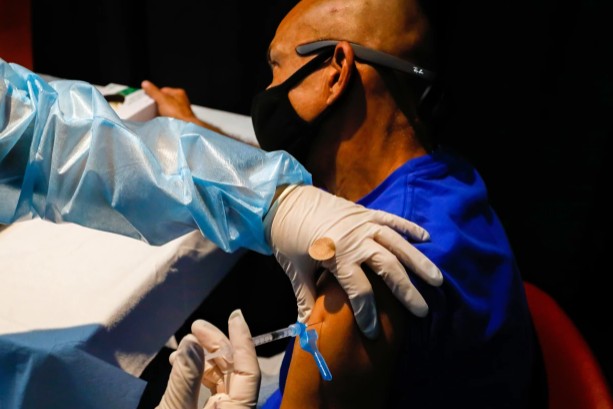According to the findings of the study, the frequency of COVID-19 testing should be adjusted depending on the rate of transmission and community immunity.
Expanding quick testing stands out as a cost-effective method to help address COVID-19 and developing variant threats. Infectious disease researchers at The University of Texas at Austin have developed a new model that tailors testing recommendations to new variants and likely immunity levels in a community, providing a new strategy as public health officials try to find a way out of a pandemic that has so far thwarted all efforts to stop it. It’s the first study to determine the best testing levels in a partially vaccinated group.
The Lancet Regional Health—Americas presented an analysis from the UT Covid-19 Modeling Consortium that provides cost-effective testing for patients without symptoms and advises isolation techniques to help policymakers protect against COVID-19 resurgences associated to novel variants. A previous study published in The Lancet Public Health by the same group recommended the best testing procedures for a completely unvaccinated community.
«Rapid testing is an economical technique for reducing the spread of COVID-19 and saving lives as it continues to mutate and generate waves of infections around the world. Our research aids decision-makers in determining whether and how frequently to test «Lauren Ancel Meyers, the consortium’s director and a professor of integrative biology, statistics, and data sciences at the University of Texas in Austin, remarked «When the virus is spreading quickly in a population with inadequate immunity, frequent testing is recommended.»
The consortium created a multiscale model that takes into account how much of the virus is circulating in a given population, how much of the population is immunized against COVID-19, and other factors to determine how often people without symptoms should be tested to help stop the virus from spreading.
The study suggests a tiered approach that keeps track of changing dangers as new variants appear and fade away. If a rapidly spreading variety appears in a partially inoculated community, the researchers advise testing everyone at least once a week and isolating persons who test positive and their households for ten days.
As a population’s immunity improves, testing can be reduced to once a month and eventually discontinued. For a variation as contagious and immune-evasive as omicron, daily testing is recommended until 70% of the population has been immunized, then monthly testing until 80% of the population has been inoculated.
Vaccine-evasive variations may generate future rounds of transmission in the United States. As new hazards emerge, preemptive testing appears to be a cost-effective technique for decreasing risks and avoiding cumbersome restrictions, according to the study.
The suggested testing procedures strike a balance between the costs of administering tests and missing school or work while in isolation, as well as the advantages of minimizing COVID-19 hospitalizations and deaths.
«COVID-19 and our arsenal of effective responses are both evolving. If adjusted to local dangers, our research demonstrates that broad adoption of quick tests combined with voluntary isolation and family quarantine can save both lives and money «Meyers said.
«Now is the moment to prepare for COVID-19 variations that have yet to be discovered, as well as future pandemics. Proactive testing and isolation can help keep schools and businesses open while also preventing hospital overcrowding.»






Be the first to comment on "According to the findings of the study, the frequency of COVID-19 testing…"